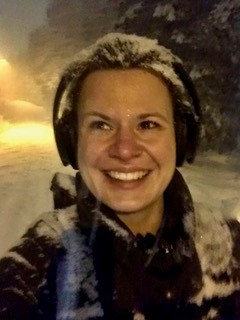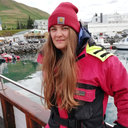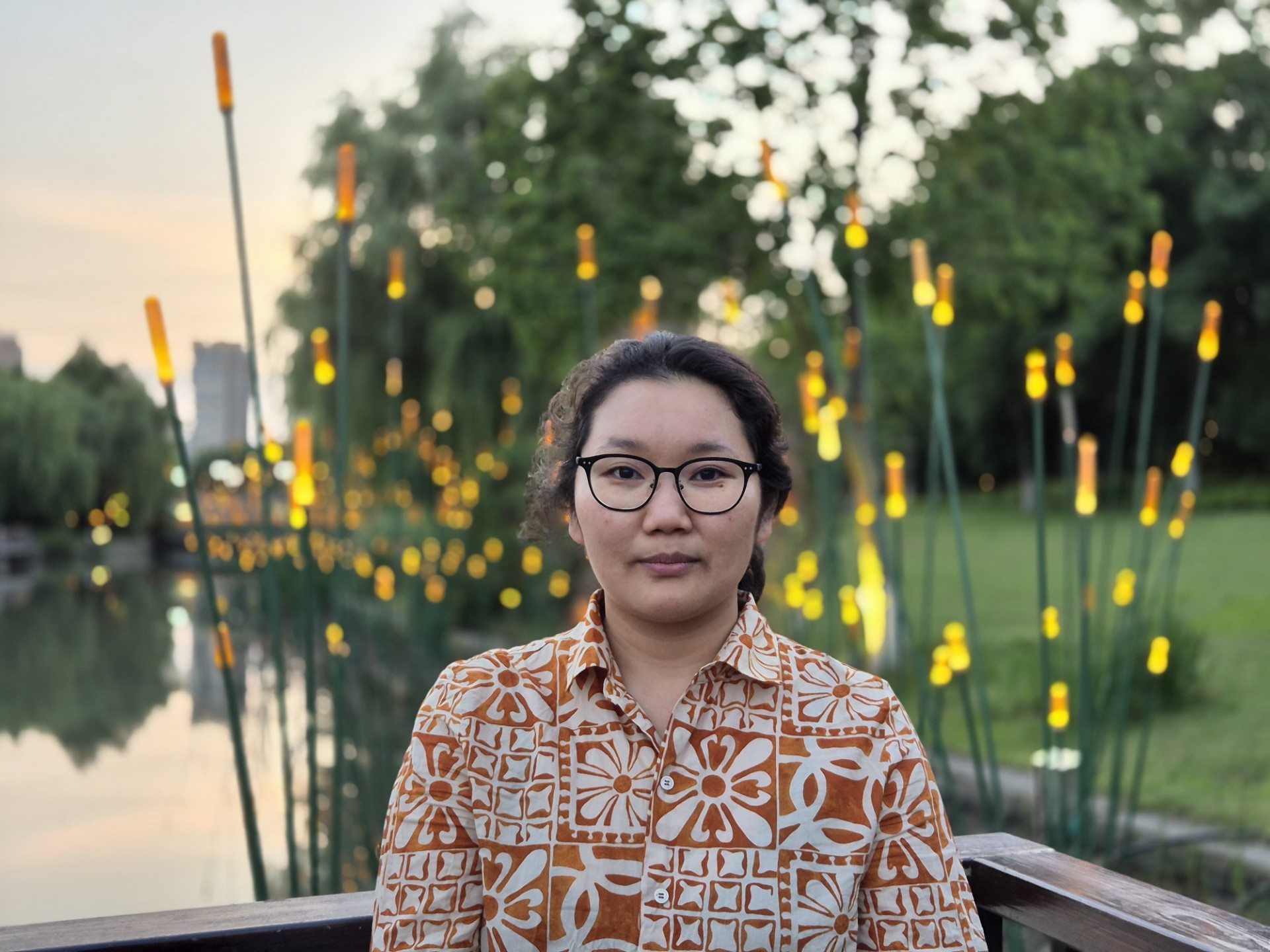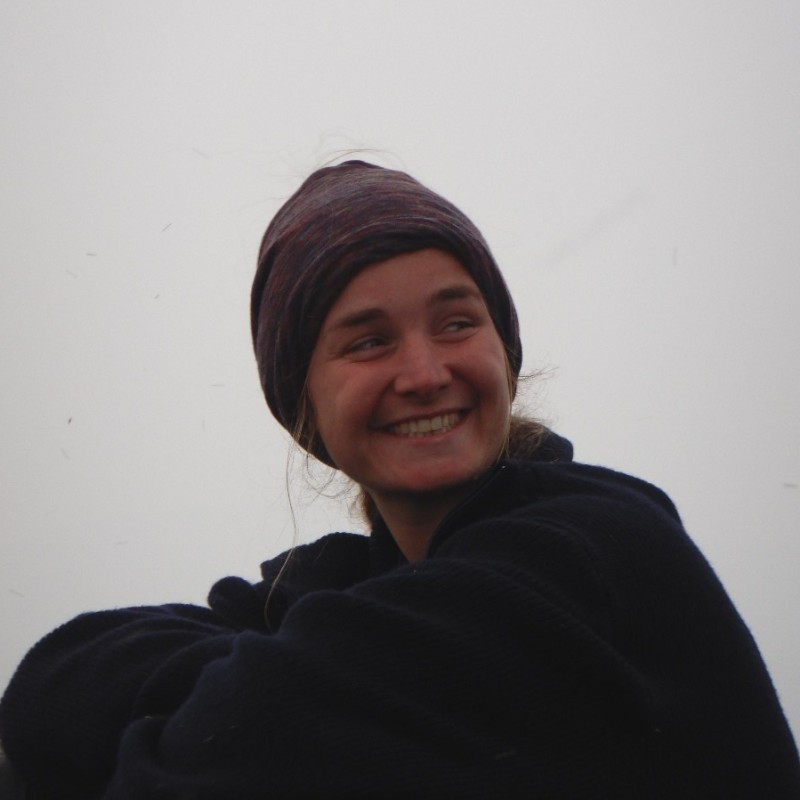Our new doctors in sedimentary DNA
Scarlett Zetter
Echoes of the past: finding the secrets of ancient ecosystems using sedaDNA
19/09/2025
Tromsø Museum, UiT The Arctic University of Norway
Tromsø, Norway
Scarlett Zetter successfully defended her Ph.D. this autumn. In her first manuscript, she developed a reverse blocking primer complementary to that of Giguet-Covex et al. (2014), which considerably reduces the bycatch of human contaminant DNA in 16S metabarcoding. Her second manuscript investigates the early postglacial flora and fauna in Wales, characteristic of the Late Pleistocene with detections of woolly mammoth and its associated graminoids. Her third paper demonstrates that the vertical transhumance in the Eastern Alps has increased floristic diversity by opening new habitats within the subalpine vegetation belt. She also contributed as third author on an article exploring the relationship between mammalian herbivore abundance and plant diversity across the Alps.
Scarlett is currently employed at University of Southampton, where she works as a postdoctoral researcher on the PortGEN project.
Ying Liu successfully defended her Ph.D. in May 2025. Her research leverages sedimentary ancient DNA to investigate changes in plant communities across Arctic and alpine regions, focusing on the influence of abiotic factors and biotic interactions. Her first paper examines climate- and human-driven shifts in plant communities on the northeastern Tibetan Plateau. The second paper explores how species richness and average distribution range shifted during glacial–interglacial transitions in northeastern Siberia and Alaska. Her third study, currently available as a preprint, investigates woody taxa encroachment during climate warming from glacial to interglacial periods, highlighting an increase in negative plant–plant interactions in the Arctic.
Ying is currently a guest researcher at the Alfred Wegener Institute (AWI) in Potsdam, Germany. In September, she will join the ArcEcoGen research group at Tromsø Museum (UiT), as a postdoctoral researcher.
Alexandra Schmidt
09/05/2025
University of Konstanz and Max Planck Institute of Animal Behavior
Constance, Germany
Alexandra Schmidt successfully defended her PhD this spring. Her first paper explores phytoplankton dynamics in the Baltic Sea, based on ddPCR of a diatom species and a dinoflagellate species. A second preprint delves deeper into the diatom's palaeogenomics, showing stability despite eight millennia of strong anthropic pressures. Her third paper reports that this diatom species can remain dormant in ancient sediment, yet restore its full biological functioning once exposed to suitable conditions. The fourth manuscript expands on this discovery by comparing genomes of modern and revived diatoms.
Alexandra is currently employed as a postdoc at the University of Konstanz.
Izabella A. Baisheva
10/12/2024
Alfred Wegener Institute Helmholtz Centre for Polar and Marine Research (AWI) and University of Potsdam
Potsdam, Germany
Izabella Baisheva successfully defended her Ph.D., which constitutes a major contribution to the limnology of Yakutia by applying sedaDNA metabarcoding of diatoms, macrophytes and terrestrial plants. Her first paper reconstructs the sequential formation and biological history of Lake Satagay, a thermokarst lake in Central Yakutia. Her second paper explores how this lake's surrounding vegetation was affected by wildfire activity during the Holocene. In a third paper, she investigated an intermontane basin lake in southwestern Yakutia, providing an unprecedented insight on freshwater and vegetation dynamics from the region between Lake Baikal and Central Yakutia, since the Last Glacial Maximum. She is developing a manuscript assessing the environmental and biological status of 66 lakes across Central Yakutia and the Oymyakon Plateau.
Izabella is currently a visiting researcher at the Institute of Tibetan Plateau Research (Chinese Academy of Sciences), and a guest researcher at AWI, Potsdam, Germany. She is looking for a postdoctoral position in or around the Netherlands, any recommendations or connections would be well appreciated.
Luke Elliott successfully defended his Ph.D. this winter. His first paper investigates the influence of glacial activity on vegetation and soil properties on an island in northern Norway. His second paper advances the capacity of sedaDNA to study intraspecific genetic diversity for palaeo-phylogeography. His third work, released as a preprint, is a bionformatical pipeline that annotates metagenomic datasets based on genome skims. He is preparing a manuscript to compare the taxonomic yield of metabarcoding, shotgun metagenomics, and target capture.
Luke is currently working as a postdoc with the ArcEcoGen research group at Tromsø Museum (UiT).
Barbara von Hippel
Long-term bacteria-fungi-plant associations in permafrost soils inferred from palaeometagenomics
28/02/2024
Alfred Wegener Institute Helmholtz Centre for Polar and Marine Research (AWI) and University of Potsdam
Potsdam, Germany
